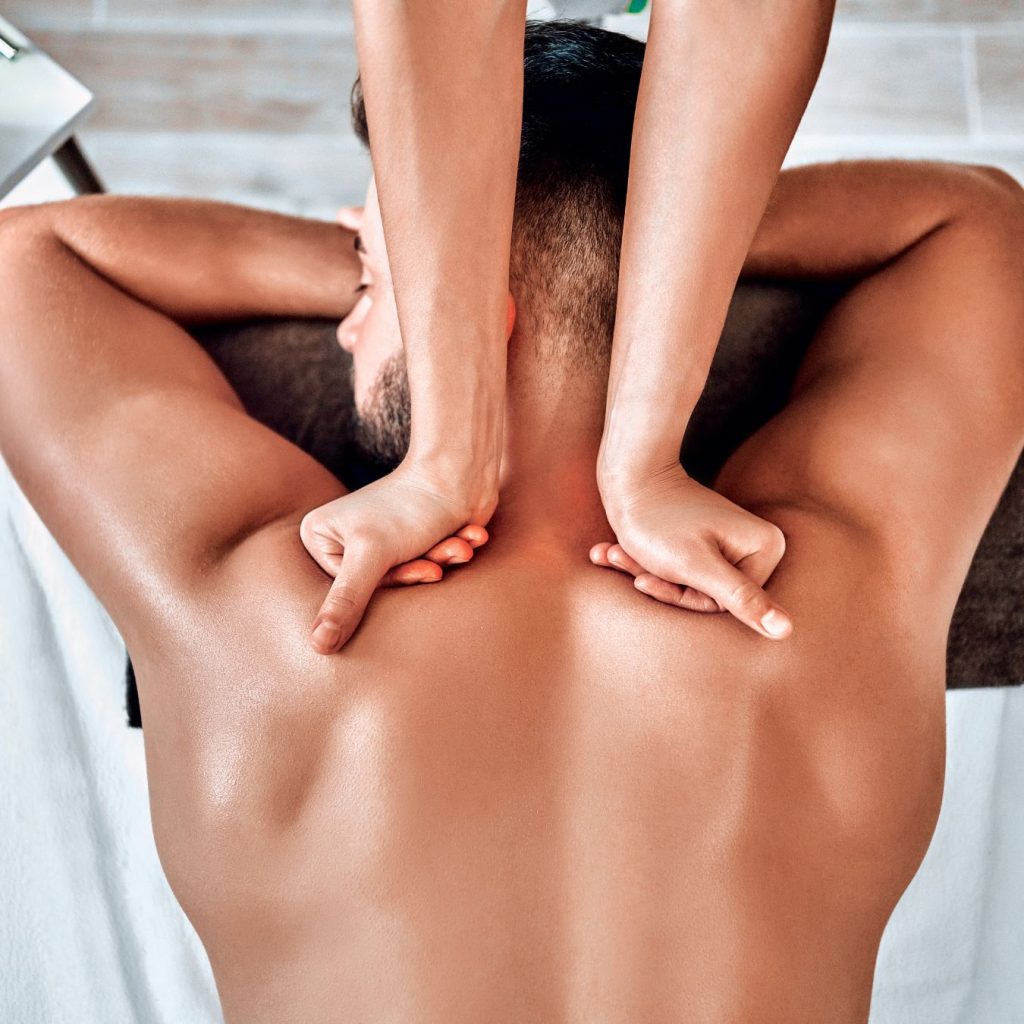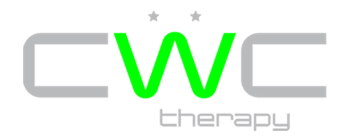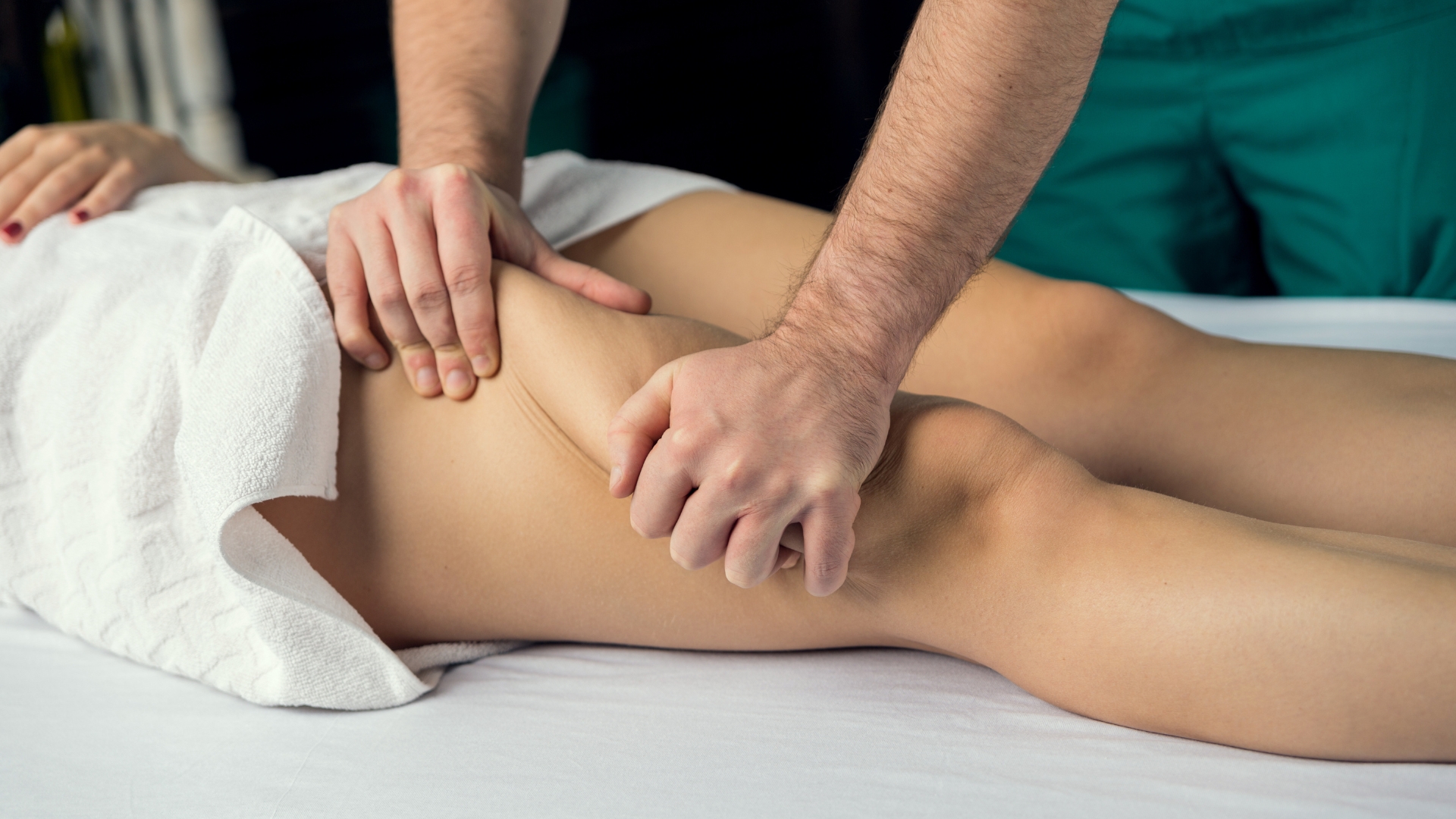Massage Therapy for Post-Surgery Recovery: Benefits and Best Practices
After any surgery, you might wonder what else you can do to speed up your healing and get back to your regular activities. Massage therapy can be a helpful tool in your post-surgery recovery and rehabilitation process, as it may help manage pain, reduce swelling, and improve your range of motion. Many people find that massage therapy supports both physical and emotional healing after surgery, making recovery smoother and more comfortable.
You may have questions like: When can you start massage after your surgery? How often should you get a massage to support rehabilitation? Can massage therapy help prevent scar tissue or reduce stiffness? In this article, you will find clear answers to these common questions, along with practical advice about combining massage with physiotherapy and other manual therapy options.

Ready to support your healing journey?
Our experienced massage therapists at Coquitlam Wellness Center can help reduce pain, improve mobility, and speed up recovery after surgery. Book your personalized session today and take the next step toward feeling like yourself again.
The Role of Massage Therapy in Post-Surgery Recovery
Massage therapy can make a significant difference during post-surgery recovery. It supports your body’s healing, helps manage pain, and improves your emotional health at a time when you may feel most vulnerable.
Enhancing the Healing Process
Massage therapy may speed up your recovery by improving blood circulation. Better circulation delivers more oxygen and nutrients to the surgical area, which helps your tissues heal. This can lower your risk of swelling and complications related to poor blood flow.
Soft tissue techniques, such as gentle lymphatic drainage, help move fluid away from your incision. This reduces swelling and may prevent stiffness. Massage also reduces the likelihood of scar tissue becoming hard or restrictive, making movement easier during rehabilitation.
By loosening muscles and improving flexibility, massage therapy works alongside physiotherapy to promote faster and safer returns to your usual activities. Many healthcare providers recommend including manual therapy as part of a well-rounded rehabilitation plan for best results.
Reducing Pain and Discomfort
Managing pain is a key goal after surgery. Massage therapy can lower pain by relaxing muscles and improving blood flow to sore areas. Many people find that swelling, tightness, and aching decrease after just a few sessions.
- Common pain relief benefits of post-surgery massage therapy include:
- Relief of muscle spasms or cramps
- Reduced soreness from swelling
- Looser joints and easier movement
Massage therapy may reduce your need for strong pain medicine as you heal. This can help if you want to avoid side effects from medications. Different techniques, such as deep tissue or myofascial release, are chosen based on your specific surgery and level of healing.
Key Benefits of Massage Therapy After Surgery
Massage therapy can help support your body’s healing, make movement easier, and speed up recovery. By working on different body systems, it can reduce pain, help tissues heal, and improve how you feel each day after surgery.
Improving Blood Circulation and Oxygen Flow
Massage therapy increases blood flow in the areas around surgical sites. When circulation improves, more oxygen and nutrients reach your healing tissues. This can help cuts or incisions heal faster and may decrease your overall recovery time.
Better circulation also means your immune system is supported. Fresh blood brings white blood cells that fight infection and remove waste. Some massage techniques, like Swedish massage, are gentle and promote this process safely during post-surgery recovery.
If you have swelling or feel stiff, increased circulation can help reduce these problems. Improved blood flow may also decrease numbness or tingling around your incision. For most people, this helps you feel more comfortable as you heal.
Breaking Down Scar Tissue and Adhesions
After surgery, your body makes scar tissue as it repairs itself. Sometimes, this can turn into thick bands called adhesions. These may cause pain and limit how much you can move.
Manual therapy, such as gentle myofascial release or deep tissue massage, can slowly break down scar tissue. This can keep the tissue softer and more flexible. Over time, massage helps guide collagen—the material that forms scars—so it lines up better with your natural tissue.
Less dense scar tissue usually means fewer problems with tightness or pulling near your incision. If you start massage therapy as recommended by your healthcare provider, you might have better results with your long-term movement and comfort.
Minimizing Swelling and Inflammation
Swelling after surgery happens when fluid collects around the surgical area. This is normal, but too much swelling can slow down your healing and increase pain.
Massage that focuses on the lymphatic system, like lymphatic drainage massage, can help gently move excess fluid away from the swollen area. This technique encourages healthy lymph flow, removes waste, and lowers inflammation.
Reducing swelling can make your recovery more comfortable. It may also help decrease your risk of developing complications, such as infection or ongoing discomfort. Proper massage can help your tissues recover their shape and keep their natural balance of fluids.
Restoring Joint Range of Motion and Flexibility
Surgery can sometimes cause joints or muscles to stiffen. Scar tissue and swelling may make bending or stretching difficult. You might find you cannot move as freely as before.
Massage therapy helps restore normal joint range of motion by loosening tight muscles and soft tissues. By reducing adhesions and muscle knots, massage can make movement less painful. Including massage as part of your rehabilitation may allow you to start physiotherapy exercises sooner and with less discomfort.
With regular sessions, you may notice better flexibility in the weeks after your surgery. This support can help you return to your daily activities faster and more safely. Focusing on flexibility also lowers your chance of long-term mobility problems.
Massage Techniques and Their Applications in Rehabilitation
Different massage techniques play important roles in post-surgery rehabilitation. Each method addresses specific challenges, such as swelling, muscle stiffness, and limited mobility, to support effective healing after surgery.
Lymphatic Drainage Massage for Swelling
Lymphatic drainage massage uses gentle, rhythmic movements to help move lymph fluid through your body. After surgery, swelling is common due to fluid buildup. This technique helps reduce swelling by encouraging fluid movement and supporting your immune system.
The massage therapist uses light pressure and slow, sweeping motions. These actions can help decrease excess fluid, lower discomfort, and may speed up your recovery.
It’s often recommended when you have swelling in your arms, legs, or near the surgical site. If you have an active infection or blood clots, you should not receive this type of massage until cleared by your doctor.
Deep Tissue Massage for Muscle Stiffness
Deep tissue massage targets deeper layers of muscle and connective tissue. After surgery, you might experience muscle stiffness, knots, or tension around the operated area.
This technique uses stronger pressure to break up adhesions and reduce muscle tightness. By focusing on deeper muscle fibers, it can help relieve pain and improve flexibility.
A trained massage therapist may use slow strokes combined with finger, elbow, or knuckle pressure. Deep tissue massage can be uncomfortable, but communication with your therapist ensures the pressure remains safe and effective for your recovery.
Myofascial Release for Mobility
Myofascial release is a hands-on therapy focused on loosening the fascia, the connective tissue that surrounds your muscles and organs. Scar tissue formation after surgery can lead to tightness and loss of movement.
During myofascial release, the therapist applies gentle, sustained pressure to restricted areas. The goal is to soften scar tissue, reduce adhesions, and help restore natural movement.
This massage is often used when you have trouble moving or stretching after an operation. It can be adapted for different body parts depending on where the stiffness or restriction is found.
Incorporating Manual Therapy with Physical Therapy
Manual therapy refers to any hands-on technique provided by a trained professional, like joint mobilization or soft tissue manipulation. When combined with physical therapy exercises, these techniques can further support your healing.
Table: Benefits of Combining Manual Therapy with Physical Therapy
| Manual Therapy | Physical Therapy | Combined Benefits |
| Soft tissue massage | Stretching and exercises | Improved mobility and flexibility |
| Joint manipulation | Strength training | Faster reduction in pain and swelling |
| Scar management techniques | Balance or gait training | Better overall function |
Combining both approaches allows you to move more comfortably and rebuild strength. Your physiotherapist or massage therapist will tailor treatment based on your surgery, recovery goals, and any complications like scar tissue or lingering pain.
Conclusion
Massage therapy can play a supportive role in your post-surgery recovery plan. When used carefully alongside doctor-recommended treatments and physiotherapy, it may help manage pain, swelling, and stiffness.
By improving circulation and helping to break down scar tissue, massage therapy can support the natural healing process. It can be tailored to your needs, letting you regain flexibility and movement sooner.
Remember:
- Always consult your doctor before starting massage therapy.
- Only work with qualified therapists who have experience in post-surgical care.
- Avoid direct massage over any fresh incisions until they are healed.
For more guidance or to discuss your specific needs, you are welcome to visit us at Coquitlam Wellness Center. Our team can answer your questions and help you make informed choices about your rehabilitation and healing journey.

